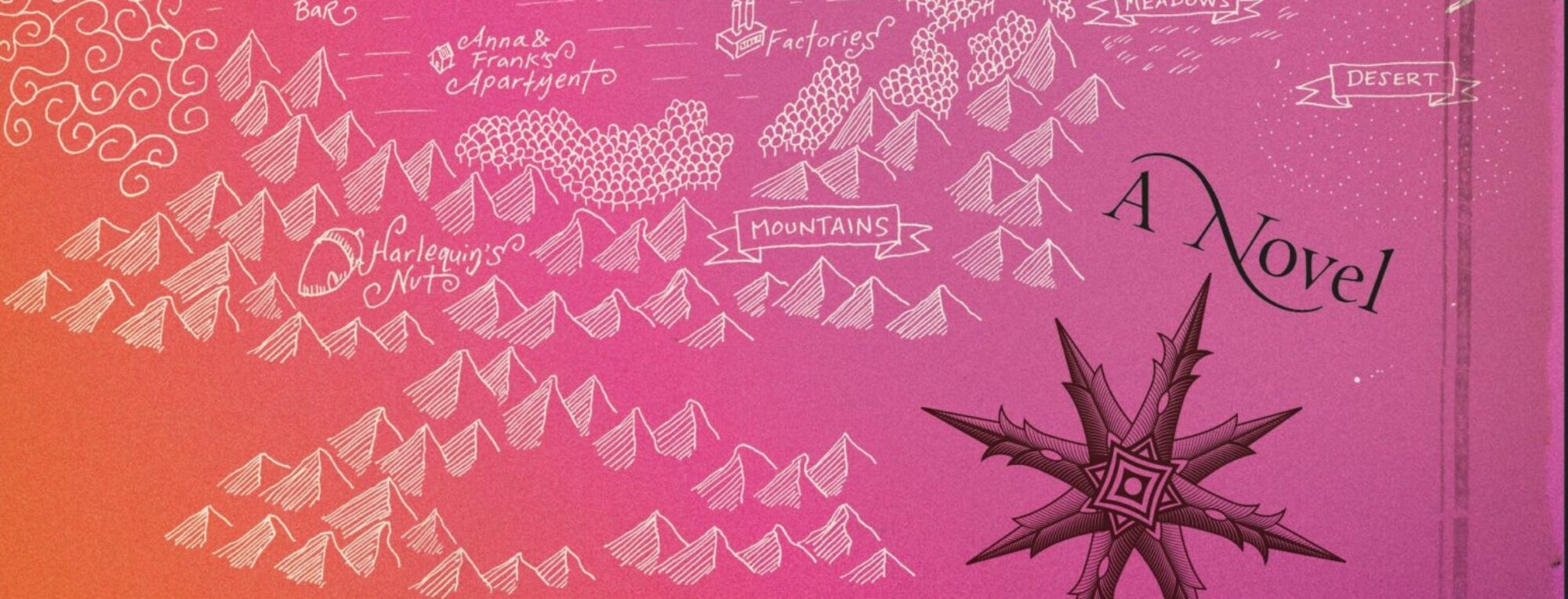
This is my review of Laut, a Malaysian-Singaporean-Thai restaurant in New York’s Union Square, from Gay City News.
As it came to our table, the tiny bowl of curry dip was preceded by its smell, a mix of coconut, cinnamon, turmeric, and a small amount of chili that literally turned my head, like a cartoon character following the aroma of pie. The curry dip accompanied our appetizer of roti canai ($7.50), a Malaysian bread that looked like a South Asian dosa but was softer and doughier. It is difficult to convey how the slightly sweet, aromatic curry sauce attracted my mouth over and over, or how fine it was to stick that bread in it. The dish was simple, delicious and enormous, a perfect appetizer for two hungry people drinking beer, and the first sign that Laut was better than it looked.
I’m dubious of restaurants that serve more than one Asian cuisine – it usually means they don’t do any of them well. But my wife and I were in Union Square after a stress-inducing visit to the accountant, and it was dinnertime. Very little food nearby was both appealing and cheap enough, or, if it was, had no relaxing seating on which to stretch our weary bones. (I’m calling you out, Num Pang Sandwich Shop and Republic – being delicious isn’t enough when people have had a hectic day!) Suddenly, there was Laut looming before us on 17th Street and Fifth Avenue, proudly announcing it served “Malaysian, Singaporean, and Thai cuisine.” It wasn’t very expensive, at least by Manhattan standards.
I was ignorant of the fact that Singaporean and Malaysian cooking are inherently very similar anyway, and that both share influences from Thai cuisine as well. More unpardonable is that I was also ignorant of these countries’ geography. Half of Malaysia sits on the same peninsula as South Thailand, and the island of Singapore immediately abuts Malaysia’s shore. The word Laut means “sea,” and Malaysia is bordered by five different seas that connect it to the rest of Southeast and South Asia. All of these countries, including Indonesia (and India, and even China if you want to go that far north on the map), share some food traditions and blend them and reformulate them. I’ve had “sambal” (a tangy chili sauce in several variations) from Sri Lanka, but here was my Laut waitress serving me an authentically Malaysian sambal with squid, my entrée ($15).
One of the Malaysian versions of sambal is made with shrimp paste crushed with chilies ( *belacan* ), and came, in this instance, with okra, string beans, bell peppers, onions, and that squid, in amazingly soft and delicate cylindrical segments. It was the nicest squid I’ve ever had in my mouth, and delicious in the very hot and slightly funky sauce.
My wife had the curry laksa with vegetables ($12). Yes, laksa, the Malay-Singaporean-Indonesian soup that snotty but occasionally adorable butch Lisa Fernandes cooked on Top Chef. (Fangirls, she has opened a food truck in the city called Sweet Chili that alternately parks in Dumbo, in the Wall Street area, and in Chelsea.) Yes, among my many weaknesses is that I can be strongly influenced by Top Chef. The reverence with which Fernandes, Anthony Bourdain and other chefs on the show had spoken of this complex, spicy soup had made me always want to have it. Laut’s version was profound and homey, its broth thick with coconut cream, lemongrass, galangal, and chili paste, and almost too spicy for me to eat. The laksa was studded with noodles, carrots, string beans, cucumber, Vietnamese mint, fish balls and fried tofu, and Karen adored it. I myself found it addictive as a leftover the next day.
Laut’s setting isn’t fancy, but there are beautiful murals on its brick walls, including an elaborate one with a squid, a bird, and a large land animal turning into flowers and other objects in the midst of a psychedelic bright blue sea. Still, the plasticated paper dinner menus are banged up and even a little funky, and the bathroom plumbing is not perfect. Service is excellent even when the place is full to the gills, as it often is for lunch and dinner. The only time I had poor service was when I came for a very late lunch and found the lone waitress too occupied with her table of dining friends to be at all attentive to me, the only other diner in the place.
But I’d rather have this food than be at a yuppie showcase. At a second meal, we had the “crispy and spicy anchovies with peanuts” and little rounds of green chile ($6), described as “must-have Malaysian style beer snacks.” Blisteringly hot, salty, and sweet from the caramelization on the peanuts, they were indeed ideal snacks with or without beer, and I’ve found myself craving them almost every day since. The translucent fried anchovies were like Lilliputian, salty noodles in the mix.
For the rest of the review, click here.

